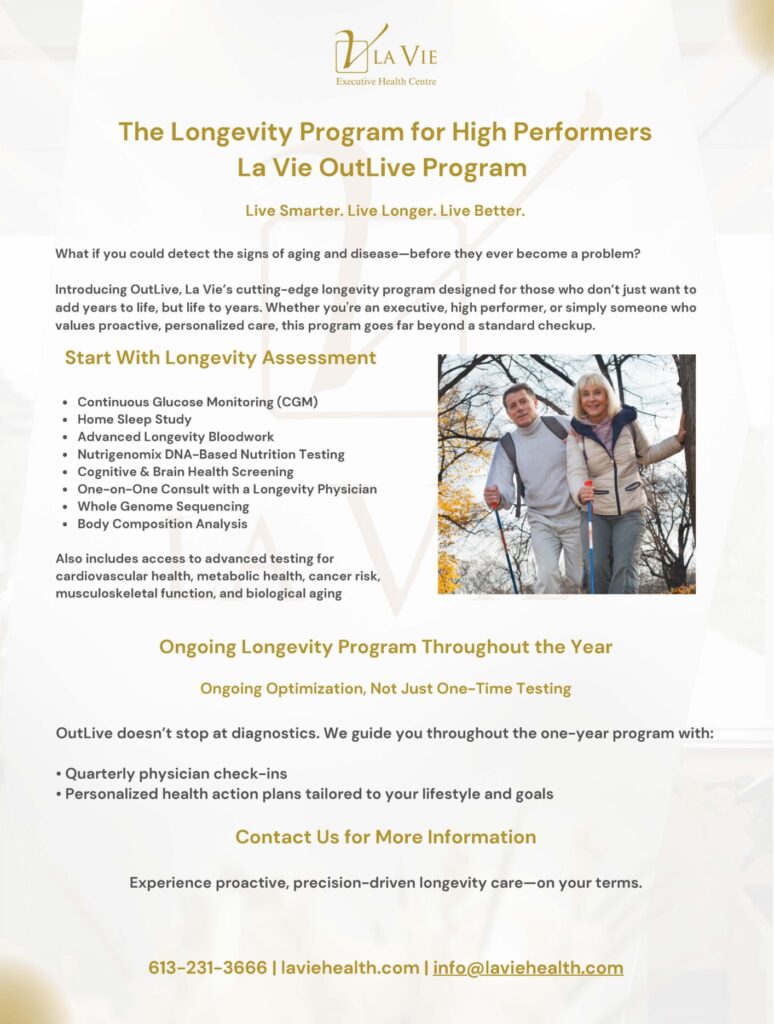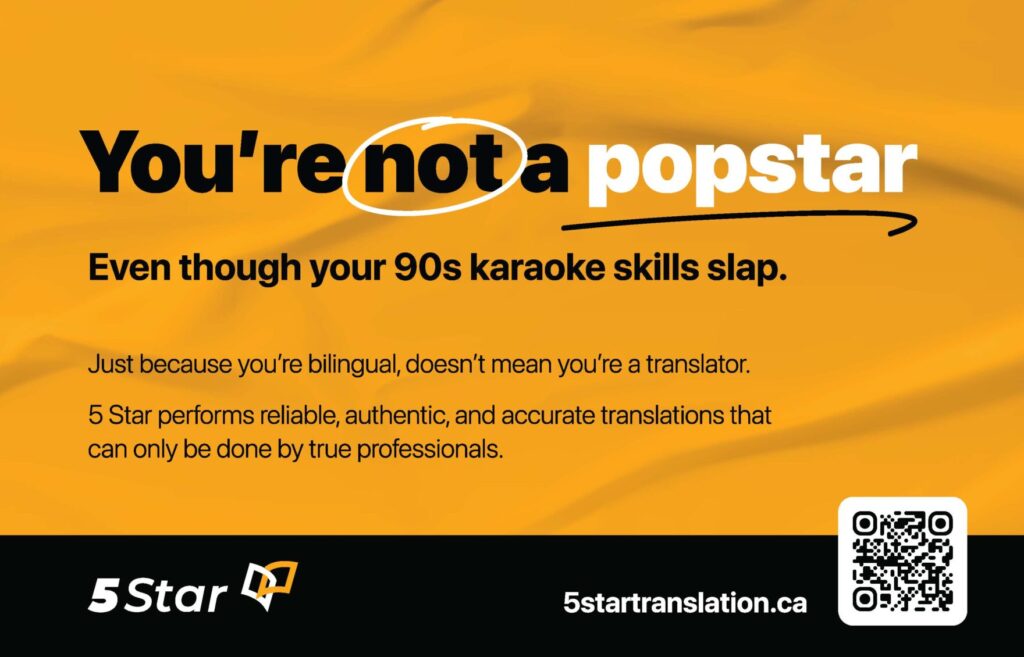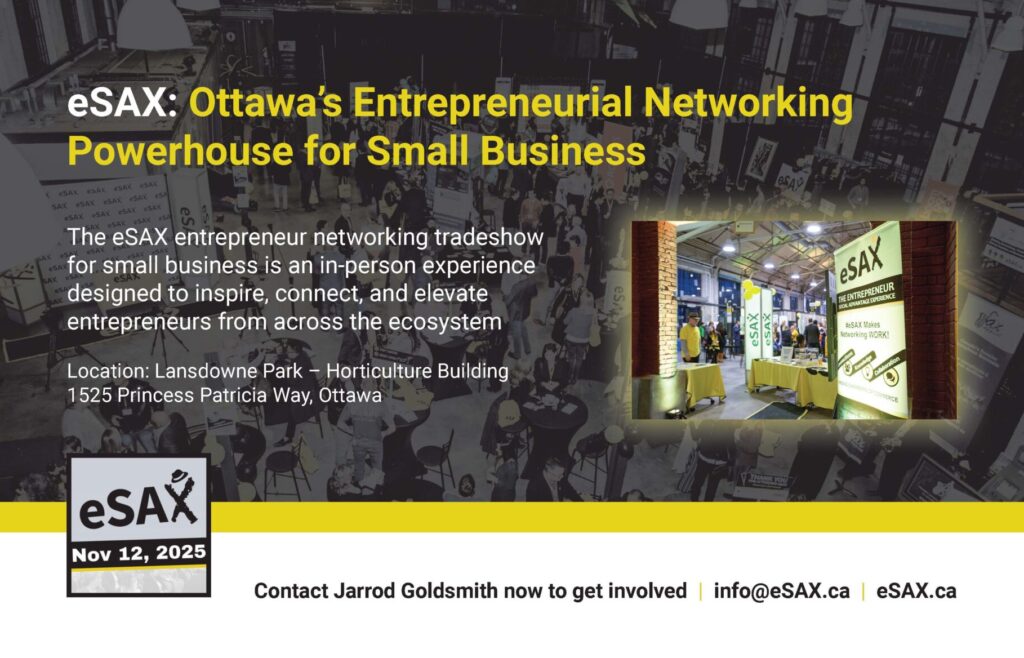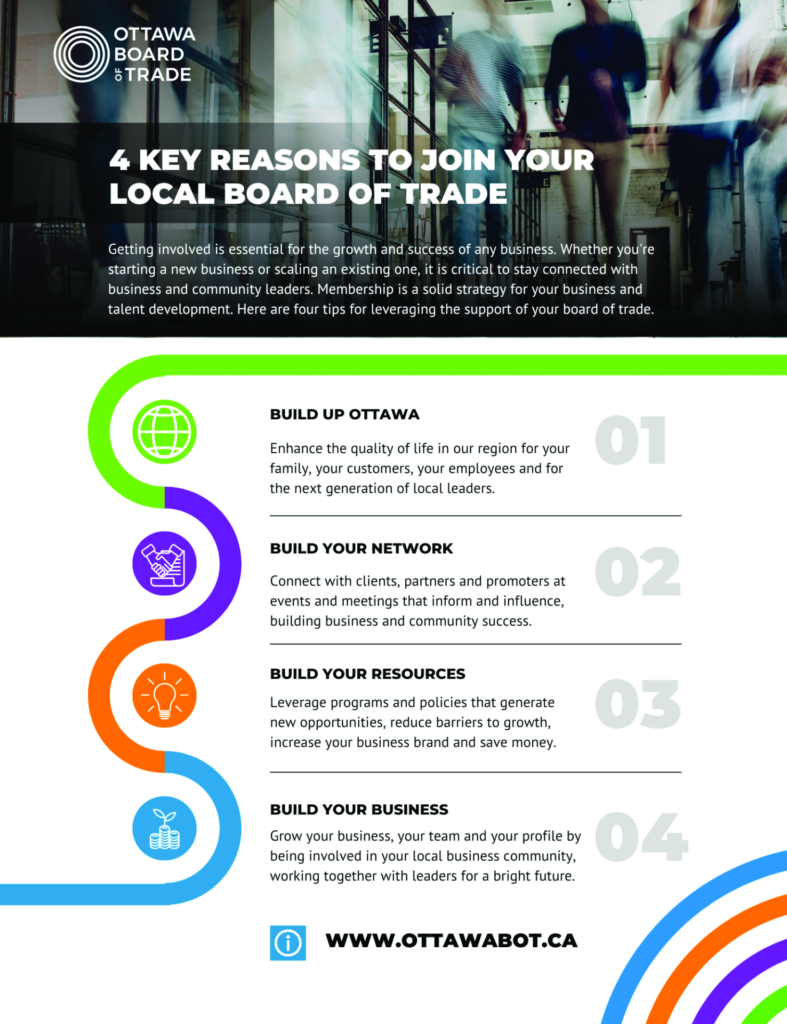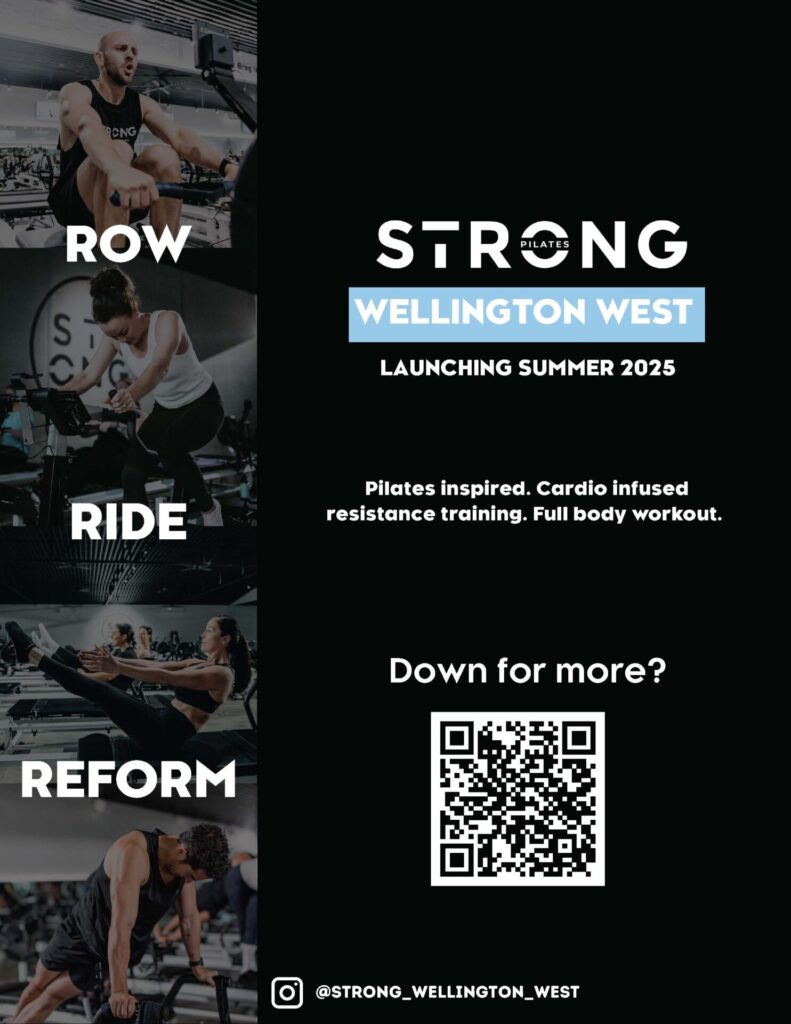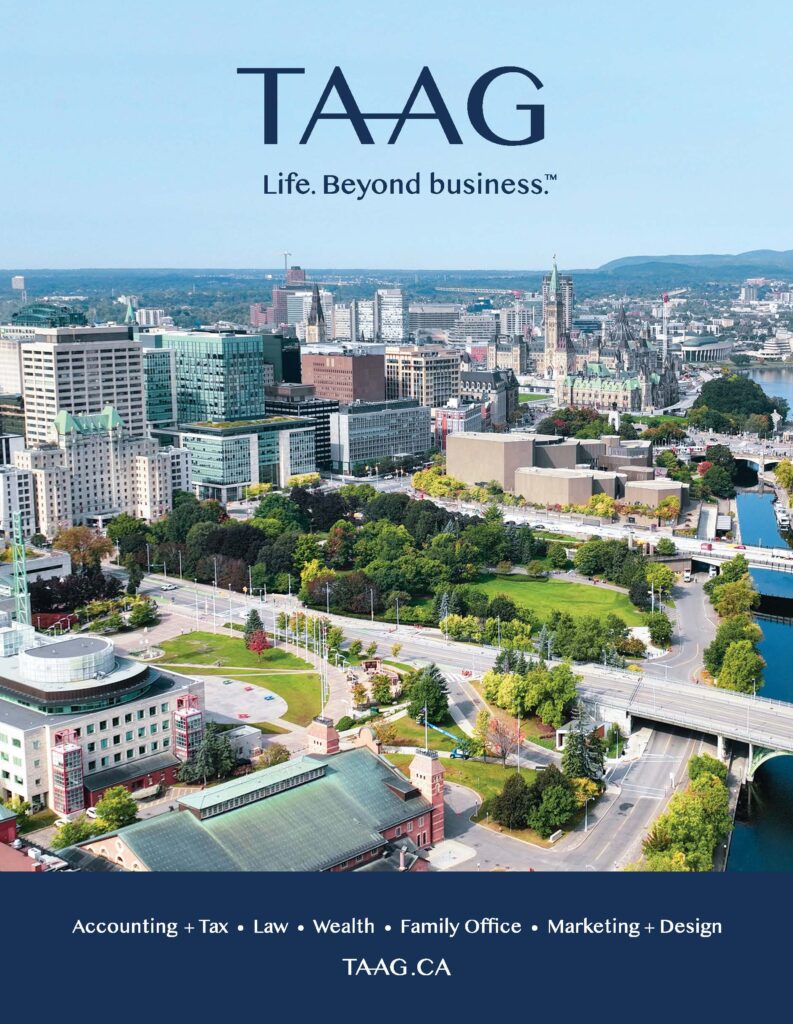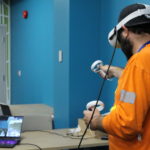At Hydro Ottawa, VR Training is the New Reality
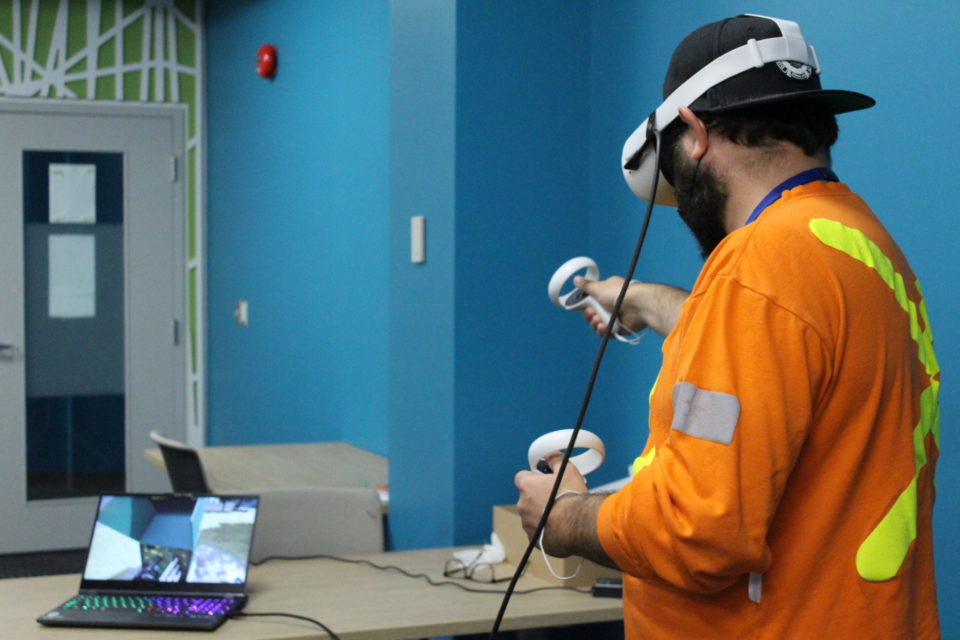
In the fall of 2019, Lyne Parent-Garvey, the Chief Human Resources Officer at Hydro Ottawa attended an HR technology conference. What she learned during a single session at that conference – and the plan that she brought home with her – is now dramatically changing the way Hydro Ottawa educates and trains its employees.
The host for that one session was a firm hired to develop virtual reality (VR) training tools for major corporations like Walmart and UPS. Those tools, session attendees were told, had proven to be extraordinarily successful. Walmart, for example, reduced the time required to train employees to handle an online order kiosk from eight hours to just 15 minutes. And it did so with no loss of efficacy.
Lyne was confident that Hydro Ottawa could enjoy similar results. “After what I saw and heard during that session, I was convinced that VR training would be a faster, safer, more efficient and more cost-effective way to train and educate Hydro Ottawa employees.”.
Even before that, training at Hydro Ottawa was evolving rapidly, propelled to some degree by the pandemic, says Donna Burnett Vachon Director, Change and Organization Development. “Gone were those days when employees would attend two- or three-day classes to learn new techniques or to upgrade their skills. Learner expectations have changed and continue to change. Today, our employees want easy access to information, preferably on their mobile device, and they want it to be on what they need or can use in the moment.”
For Hydro Ottawa, that means making information accessible to its employees anytime, anywhere and on any device.
Recognizing that VR training would be ideal in that kind of environment, Lyne acted immediately. She connected with the two Hydro Ottawa employees who would be instrumental in introducing a successful VR training program – Burnett Vachon and Bruce Lang, Director of Health, Safety and Environment.
“I said to them ‘we’re doing this’, this is the next level in our commitment to modernizing our approach to learning and development,” says Lyne. Donna and Bruce needed no convincing. And, like Lyne, were anxious to get going immediately.
In fact, says Lyne, in many ways it was imperative to move quickly. “Hydro Ottawa, and the power industry as a whole, is undergoing major changes and disruptions,” she says. “We’re seeing that in the rapid evolution in technology, in what our customers expect, and in changing regulations. Plus, our grid is now a two-way grid, with some homes and businesses producing their own energy and selling it to back to us.” In response to this rapidly shifting environment, it was only natural that Hydro Ottawa should emphasize modernization in learning.
Ironically, the first challenge for Lyne, Donna and Bruce was how to make virtual reality a ‘real’ reality. For that, Hydro Ottawa would require the services of a VR development company. While there are many well-qualified VR development companies across Canada and in the U.S, Bruce says they saw no reason to go beyond the National Capital Region. “Ottawa is a high-tech hub, for decades a recognized global leader in telecommunications technology. Surely, we could find a local company that could deliver what we needed.”
There was. Kanata-based Simwave had an impressive resume, delivering VR training tools to clients across North America. They embraced the Hydro Ottawa challenge, visiting various Hydro Ottawa work sites and closely inspecting the different equipment and tools that Hydro Ottawa workers use to do their jobs, so they could make the VR training experience as realistic as possible.
“We felt that VR training could help us in a number of ways, and decided to start with our trades training” says Bruce. “First, it would enhance our apprentice training, giving them the opportunity to practice and learn tasks safely before doing them in the field. And, second, it would allow our experienced tradespeople to refresh their knowledge of specific activities they might come across only every couple of years or so.”
Hydro Ottawa chose to start with one scenario, says Bruce, a 30-minute VR training module on how to install a new residential electricity meter. Like the gamers who made virtual reality so popular, the user wears a VR headset to look around or approach and interact with computer-generated objects and items. But instead of picking up a laser weapon to obliterate an invading army of aliens, the Hydro Ottawa trainee uses the tools of their trade to install the meter correctly and safely.
A second VR training module is in the works, says Bruce, and two more will come after that. Each will be limited to 30 to 60 minutes. “It will be a new and different experience for many employees, so it’s important to keep the VR activities short with breaks when needed.”
For Hydro Ottawa, the decision to embrace VR training is only the beginning in its commitment to continue to modernize learning. VR training programs with interactive coaches are almost certain to follow, says Bruce, as are virtual sessions where participants can practice other types of skills and engage in conversations in areas such as management and leadership development. VR is quickly becoming a learning experience for everyone.











